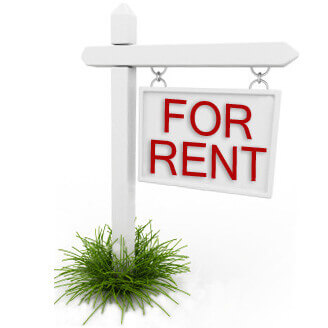Calculating Cash Flow to Determine ROI

Due Diligence Can Help Determine Your Cash Flow
Before You Make That Investment
One of the most popular forms of real estate investment is “cash flow” investment on rental properties. There are a few different types of rental properties, such as single-family homes, multi-family properties and commercial properties.
Part of your due diligence when deciding on an acquisition is calculating the cash flow potential for your rental property investment.
Most lenders take a look at tax returns to verify numbers on rental property investments; you can use those same documents to figure out your potential ROI. Of course, not every seller will have that paperwork in order; sometimes it is lost or sometimes they have failed to file; especially if the situation is that of a distressed property.
When possible, it is a good idea to get whatever tax return information you can, but also to confirm with current tenants by communicating directly with them regarding rental rates, lease documentation status, deposit amounts, and rent due dates. In addition to that, your attorney or title company can send out estopple letters for more formal confirmation.
(Sourced from wikki.answers.com) An estoppel letter is typically used in a transfer or conveyance of real property before the Closing transaction. It is a document sent to a bank (or other lender), from a homeowners’ association (or condo association), to a city/municipality, or a tenant requesting a payoff of a mortgage, assessments or taxes due, or rental amounts due on a lease, to incorporate these amounts into the Settlement Statement for the buyer and seller of the real estate. All assessments and payments due must be incorporated into the amounts due at Closing and paid at the time of the Closing. Some amounts may be pro-rated, but all must be included in the Settlement Statement. The estoppel letter facilitates this process.
Getting information about the property from a property management company, if one has been handling it, can be helpful too, but it is important to be certain that the property management company is not associated with the seller.
Further investigation can reveal typical expenses by obtaining the utility bill history on the property for the preceding year, as well as contacting local service providers such as insurance agents, landscaping companies, local property management companies (unless you intend to do it yourself; sometimes, but not always, the wisest choice) and other services and provisions that will be required for property maintenance.
Remember, when determining your expenses including operating, depreciation and mortgage interest payments, the tax rules on rental properties are different depending on whether you are a real estate professional or not. Make sure you find out where you stand in advance so that your numbers are accurate.
To learn in detail how to calculate your expenses and determine your ROI, it is important that you take a good real estate investment course. There are also a number of good articles available on the subject via the web.
Despite the “renewed sense of optimism” there are still a lot of people out there who are now renters after having been homeowners who were adversely affected by the housing crises. Now that home prices are rising and lenders are once again becoming aggressive, the cash flow potential of rental properties is becoming more and more popular form of real estate investment professionals, with investors everywhere who know that cash flow from rental property income can be an excellent source of income and lead to long-term wealth building if due diligence is thorough.